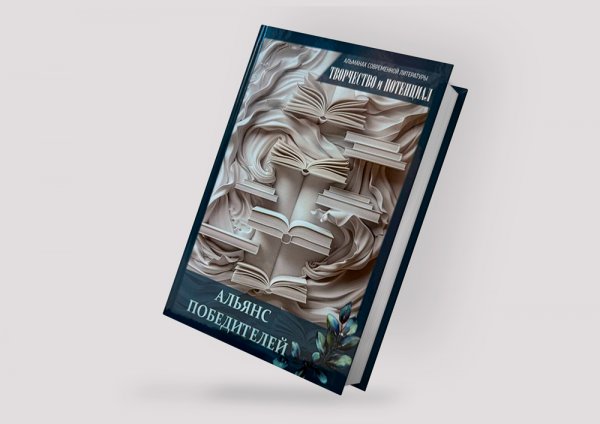Yulia2016
Изменения цвета кожи после липосакции. ( 2 фото )

Пишут, что специалисты выполнящие процедуру мало предупреждают о возможных рисках развития стойкой гипо-гиперпигментации после липосакций/липофилинга...такого ужаса как на картинке, сам не видел (попроще и нестойкие были), хотя вумные книжки пишут вот что:
Postinflammatory discoloration of incisions used for microcannula access can be avoided, except in darkly pigmented individuals. Preventing pigmentation requires careful surgical technique that minimizes epidermal trauma and friction caused by a liposuction cannula as it is advanced and retracted through a skin incision. In the vast majority of patients, postinflammatory dyschromia is not a problem.
Darkly pigmented patients are especially susceptible to prolonged postoperative hyperpigmentation of incision sites. Such patients must be informed about the risk of pigment changes. The liposuction surgeon can minimize hyperpigmentation and hypopigmentation of incision sites by (1) minimizing the number of incisions, especially in darkly pigmented patients; (2) avoiding incisions that are too small and that can result in excessive friction as the cannula passes through an incision; and (3) directing the cannula so that it enters the incision without rubbing and abrading the skin.
Trauma to the dermal-epidermal junction and the dermis will lead to postinflammatory dyschromia and scarring. The interface between the epidermis and the dermis is where melanocytes are found. Injury and inflammation in this area cause rupture of melanocytes, releasing melanosomes into the interstitium of the papillary dermis. An ensuing phagocytosis of free melanosomes by local macrophage cells produces long-term hyperpigmentation of the involved dermis.
Postinflammatory hyperpigmentation also involves capillary vascular proliferation and ectasia. With eventual resolution of the inflammatory response, local capillaries return to normal, and the vascular component of the hyperpigmentation resolves (Figure 8-6).
In most patients with light pigmentation the microincision sites on the skin become invisible within a few months. Occasionally, hyperpigmentation of incisions can persist for more than a year. The degree of postoperative or postinflammatory hyperpigmentation depends on the patient’s skin type and the degree of trauma to the incision site. Incisions on the lateral aspect of the torso, the outer thighs, the inner thighs, and the arms are less prone to hyperpigmentation. Hyperpigmentation of incisions on the back and abdomen resolves much more slowly. Avoiding trauma to an incision site requires an incision large enough to accommodate the cannula without undue friction. The surgeon should avoid injuring the epidermis by rubbing the cannula over the skin adjacent to the incision. Small 1.5-mm and 2-mm punch excisions can be used for cannula insertion sites and will also minimize microcannula trauma.
Most liposuction patients do not experience bothersome hyperpigmentation. Any person is susceptible to postinflammatory hyperpigmentation. As a general rule, the darker a person’s natural pigmentation, the darker and the more persistent will be any postinflammatory hyperpigmentation. Allergic contact dermatitis, such as from adhesive tape or Reston foam, can precipitate hyperpigmentation that can last for months to years. Similarly, a minor abrasion or friction burn that affects the epidermis can produce persistent hyperpigmentation.
Trauma and friction caused by the cannula rubbing the skin can cause injury. As a cannula is advanced into an incision, the skin adjacent to the incision is susceptible to a traumatic abrasion or friction burn whenever the cannula rubs the skin too vigorously. Clumsy or aggressive actions that allow the hub of the liposuction cannula to pound the epidermis repeatedly are guaranteed to produce epidermal injury and postinflammatory hyperpigmentation. If an incision is too small, the in-and-out cannula friction will injure both the dermis and the epidermis with each cannula stroke, producing a hypertrophic and hyperpigmented scar. An often unrecognized source of epidermal trauma is an incessant tangential cannula stroking that rubs across the epidermis at the skin surrounding an incision. The surgeon can avoid this frictional epidermal trauma by gripping and subtly elevating the skin surrounding an incision; this permits the cannula to enter an incision at a slight angle, thereby avoiding repeated rubbing on the skin.
Incisional hyperpigmentation occurs most often on the upper abdomen and the back and least often on the skin of the thighs, arms, and submental chin, cheeks, and jowls.
When no excessive incision site trauma has occurred, the vast majority of hyperpigmented incision sites return to “normal,” eventually becoming invisible to the casual observer. In some patients with darkly pigmented skin, initial hyperpigmentation may eventually become mild hypopigmentation.
The risk of hyperpigmentation can be minimized with a gentle liposuction technique and judicious choice of incisions. In some patients the postinflammatory appearance at an incision site is caused by vascular prominence and capillary neogenesis, in addition to pigment deposition in macrophages after inflammation. On resolution of the hyperpigmentation and the capillary prominence, residual focal hypopigmentation is possible. Both hyperpigmentation and hypopigmentation usually improve with time (Figure 8-7).
Treatment. Incisional postinflammatory hyperpigmentation can be treated using topical agents, such as a hydroxyquinone or a kojic acid cream, that suppress pigment formation. This is a prudent approach, with minimal risks of exacerbating the clinical situation. Although significant postinflammatory hyperpigmentation is uncommon, all patients should be warned before their surgery about the potential for this type of dyschromia.
There have been anecdotal reports of using lasers to treat incision site hyperpigmentation. The effectiveness of lasers in the reduction of postinflammatory hyperpigmentation is somewhat debatable. Theoretically, a tunable pulsed-dye laser having a 585-angstrom wavelength might accelerate the disappearance of the capillary vascular component of postinflammatory hyperpigmentation. The Q-switched ruby laser has been mentioned as an effective treatment for certain pigmented lesions. Any laser, however, has the potential to exacerbate hyperpigmentation or precipitate hypopigmentation.
LIPOSUCTION TEXTBOOK
сама тема отсюда

Интересно, а кто нибудь из читателей (не обязательно врачей) видел стойкие изменения цвета кожи (не выравнивающиеся более полугода после процедуры)?
Крепкого здоровья!
Взято: Тут
553















